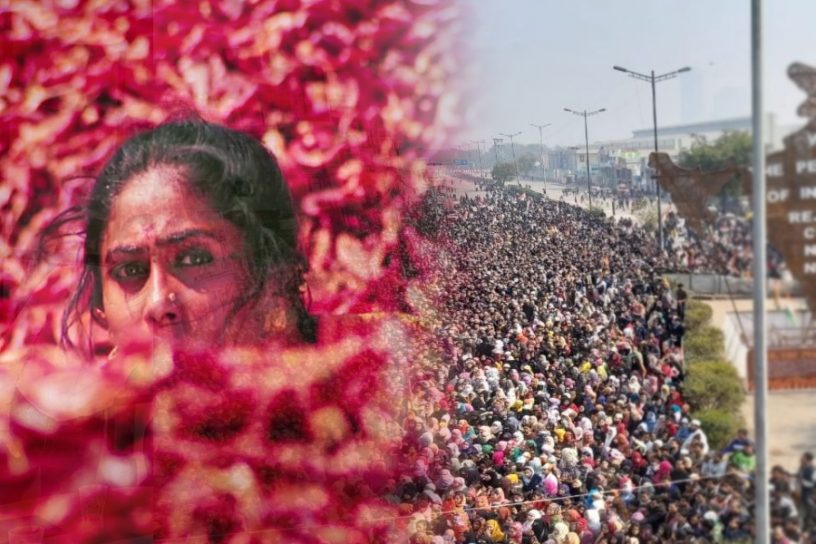
Looking at the events around Shaheen Bagh through the frame of the 1987 Hindi feature film Mirch Masala, the author argues that both the film and the real-life protest allow us to study gendered spaces and reimaginations of citizenships.
Author
Uttaran Das Gupta, Assistant Professor, Jindal School of Journalism and Communication, O.P. Jindal Global University, Sonipat, Haryana, India.
Summary
My article looks at the events around Shaheen Bagh through the frame of the 1987 Hindi feature film Mirch Masala and analyses the politics of space and gender in both.
In late 2019–early 2020, elderly women of Shaheen Bagh, a Muslim ‘ghetto’ in south New Delhi, staged an unprecedented protest against the contentious Citizenship (Amendment) Act, 2019 (CAA).
These women had never before been politically active, nor had any support from political or social organisations. However, their protest soon captured the imagination of not only other Indians but also the world.
The peaceful sit-in, which survived repeated vilification, attacks, and even a communal riot, created for the first time a significant challenge to the Hindu majoritarian philosophy of Prime Minister Narendra Modi’s Bharatiya Janata Party (BJP) and its parent organisation, the Rashtriya Swayamsevak Sangh (RSS).
In March 2020, as the country went into a lockdown, the government finally managed to evacuate the protestors, but as several commentators have argued, Shaheen Bagh had ceased to be a geographical site and had become a reimagination of the nation itself.
Mirch Masala, set in a village in western India in the 1940s, is considered to be one of the first feminist Hindi films. The narrative of the film revolves around a resistance set up by some of the village women against the local colonial official’s lecherous desires for one of them.
While there are obviously significant differences between the narrative of the film and the real-life protest, both allow us to study gendered spaces and reimaginations of citizenships.
Published in: Jindal Global Law Review
To read the full article, please click here.


